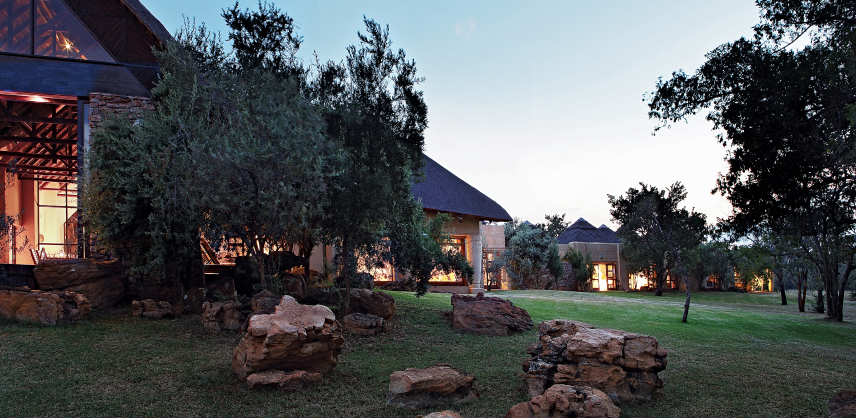Book directly with ease.
In the wild, animals have to fend for themselves and find various food sources, depending on where they are in the food chain. Herbivores such as Zebra and Wildebeest often have to migrate several kilometers in search of the best available grass for grazing. Predators like Lions and Cheetah size up their prey looking for the most vulnerable and then hunt them down, whilst birds forage from the tree tops. There are those whose task for food is a bit more intricate. Hyena are normally quite curious and inquisitive animals. They are generally believed to be scavengers, foraging wherever they can for whatever they find, whether it is insects or bones. Often they are seen around the remains of a decaying carcass, finishing off what is left of a kill made by another predator. Hyenas have got quite a strong bite force, being able to crush bones and being the only mammal that can digest these bones, extracting calcium and protein unavailable to other animals. In southern Africa the Brown Hyena and Spotted Hyena are known to be roaming in the wild. Even with Hyenas generally being portrayed as scavengers, the Spotted Hyena is often seen as the most successful large carnivore in Africa as it is both a proficient hunter as well as being a scavenger, exhibiting originality and stamina in its foraging habits. These spotted hyenas are extremely mobile and will travel up to 70kms in a night to access food if need be. These animals are generally known to be nocturnal, being more active at night time rather than during the day. During a late afternoon safari on Shambala, we entered an area where we believed hyena to have been seen. It was difficult to think we would have success at having a sighting at first, because when we entered the area it was rather quiet, with nothing moving in the vicinity. As we came around a bend we noticed some bones lying around in the dirt. Things were now looking more promising, as signs of the carnivores was now evident. Our eyes were scanning the bush from left to right to try and spot the spotted hyena. Then there was a rustle in the grass, movement caught my eye and as I turned my head I saw the little one. It was a young hyena pup, being quite playful. The young hyena was full of energy and ran to a point in the grass where it stopped to sniff in the direction of the vehicle. Everyone glanced with anticipation, as suddenly the pup turned around and ran off through the long grass. The evening progressed and it was dark as we slowly pursued the little one, following the bend in the road. At this point we were now using a spotlight to view the surroundings. As we came around we saw that the pup was not alone. In fact there was quite some activity in this area, as we now sighted five hyenas, three adults and two pups. They were busy with something, we just didn't know what as yet. They were all focused in one area and quite active, and it was rather amusing just to sit and watch. It was then that we discovered what they were up to. As it turned out, these scavengers were attempting a hunt. Running from the tree line came a Blue Wildebeest, in some state of distress. It was a lone bull, and it had been seen as a possible meal for the adult hyena. The little hyena got caught up in the excitement and were also running about, but they weren't exactly sure what was going on. The adults were in pursuit of the Wildebeest, but at no quick pace. These carnivores often use stamina instead of speed to get the better of their prey. So they will continue running until the prey is utterly exhausted, which is when they will then move in for the kill. In this curious scenario, which we were very lucky to witness, it didn't seem as though the hyena were very committed to the hunt. It was almost as if they were just practicing. Lucky for the wildebeest, this playful 'practice' allowed him to get away, and there was a sigh of relief on the vehicle. The hyenas stopped, and this allowed us to have a great view of them as they stood in the open. We enjoyed the moment and were comforted by the fact that our venture into the area was justly rewarded by a 'once in a lifetime' sighting. It was simply amazing, and the pups managed to entertain us for the rest of the afternoon with their exuberant energy. Ranger Sean Jones Shambala Private Game Reserve



